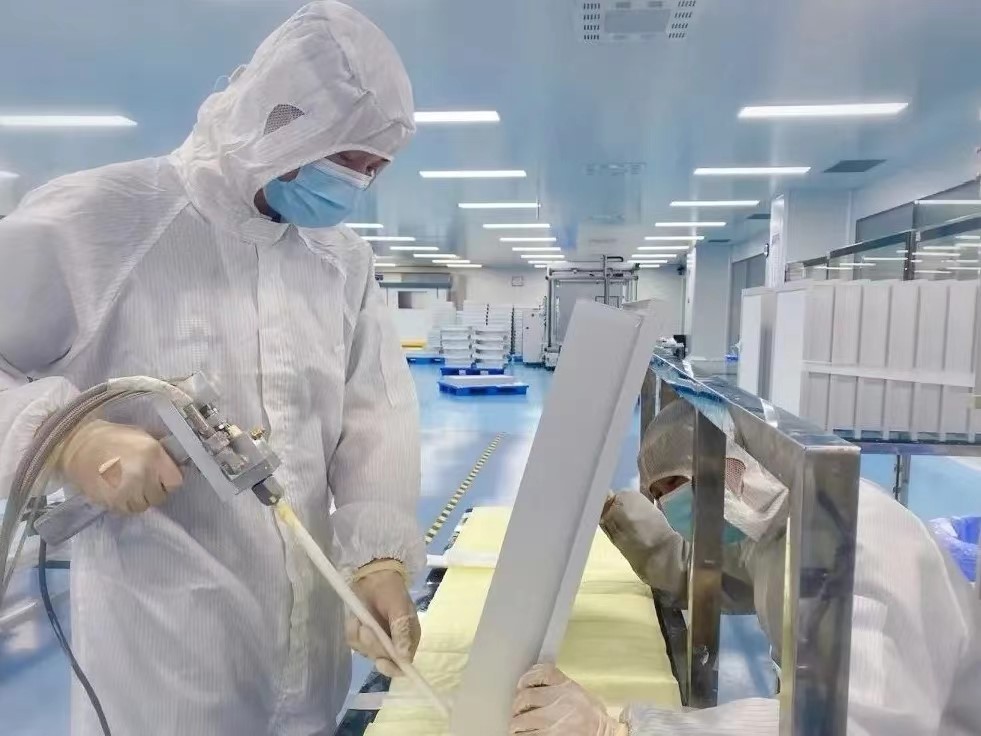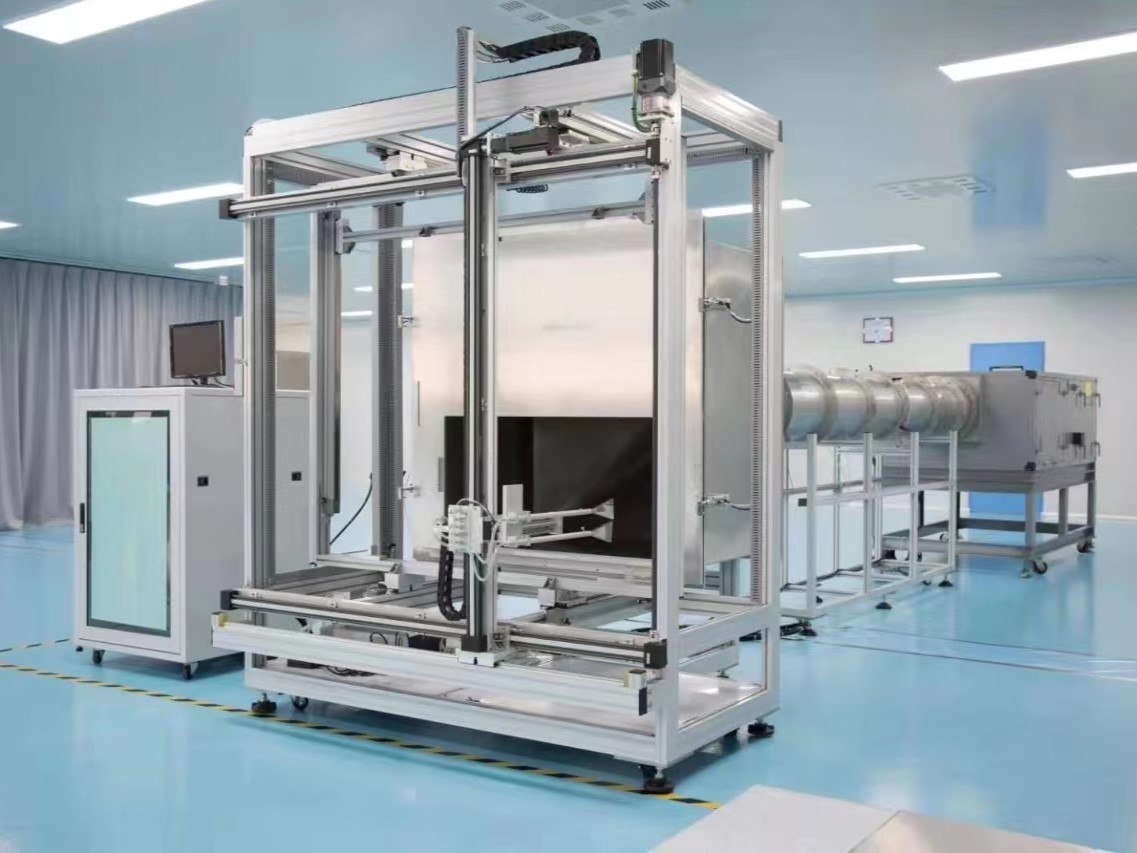

What is "air filter"?
An air filter is a device that captures particulate matter through the action of porous filter materials and purifies air. After air purification, it is sent indoors to ensure the process requirements of clean rooms and the air cleanliness in general air-conditioned rooms. The currently recognized filtration mechanisms are mainly composed of five effects: interception effect, inertial effect, diffusion effect, gravity effect, and electrostatic effect.
According to the application requirements of different industries, air filters can be subdivided into primary filter, medium filter, hepa filter and ultra-hepa filter.
How to choose air filter reasonably?
01. Reasonably determine the efficiency of filters at all levels based on application scenarios.
Primary and medium filters: They are mostly used in general purification ventilation and air conditioning systems. Their main function is to protect the downstream filters and the surface cooler heating plate of the air conditioning unit from being clogged and extend their service life.
Hepa/ultra-hepa filter: suitable for application scenarios with high cleanliness requirements, such as air-conditioning terminal air supply areas in dust-free clean workshop in hospital, electronic optics manufacturing, precision instrument production and other industries.
Normally, the terminal filter determines how clean the air is. The upstream filters at all levels play a protective role to extend their service life.
The efficiency of filters at each stage should be properly configured. If the efficiency specifications of two adjacent stages of filters are too different, the previous stage will not be able to protect the next stage; if the difference between the two stages is not much different, the latter stage will be burdened.
The reasonable configuration is that when using the "G-M-F-E-H-U" efficiency specification classification, set a first-level filter every 2 - 4 steps.
Before the hepa filter at the end of the clean room, there must be a filter with an efficiency specification of no less than F8 to protect it.
The performance of the final filter must be reliable, the efficiency and configuration of the pre-filter must be reasonable, and the maintenance of the primary filter must be convenient.
02. Look at the main parameters of the filter
Rated air volume: For filters with the same structure and the same filter material, when the final resistance is determined, the filter area increases by 50%, and the service life of the filter will be extended by 70%-80%. When the filter area doubles, the filter's service life will be about three times as long as the original.
Initial resistance and final resistance of the filter: The filter forms resistance to the air flow, and the dust accumulation on the filter increases with the use time. When the resistance of the filter increases to a certain specified value, the filter is scrapped.
The resistance of a new filter is called "initial resistance", and the resistance value corresponding to when the filter is scrapped is called "final resistance". Some filter samples have "final resistance" parameters, and air conditioning engineers can also change the product according to on-site conditions. The final resistance value of the original design. In most cases, the final resistance of the filter used at the site is 2-4 times the initial resistance.
Recommended final resistance (Pa)
G3-G4 (primary filter) 100-120
F5-F6 (medium filter) 250-300
F7-F8 (high-medium filter) 300-400
F9-E11 (sub-hepa filter) 400-450
H13-U17 (hepa filter, ultra-hepa filter) 400-600
Filtration efficiency: The "filtration efficiency" of an air filter refers to the ratio of the amount of dust captured by the filter to the dust content of the original air. The determination of filtration efficiency is inseparable from the testing method. If the same filter is tested using different testing methods, the efficiency values obtained will be different. Therefore, without test methods, filtration efficiency is impossible to talk about.
Dust holding capacity: The dust holding capacity of the filter refers to the maximum allowable dust accumulation amount of the filter. When the dust accumulation amount exceeds this value, the filter resistance will increase and the filtration efficiency will decrease. Therefore, it is generally stipulated that the dust holding capacity of the filter refers to the amount of dust accumulated when the resistance due to dust accumulation reaches a specified value (generally twice the initial resistance) under a certain air volume.
03. Watch the filter test
There are many methods for testing filter filtration efficiency: gravimetric method, atmospheric dust counting method, counting method, photometer scanning, counting scanning method, etc.
Counting Scan Method (MPPS Method) Most Penetratiable Particulate Size
The MPPS method is currently the mainstream testing method for hepa filters in the world, and it is also the most stringent method for testing hepa filters.
Use a counter to continuously scan and inspect the entire air outlet surface of the filter. The counter gives the number and particle size of dust at each point. This method can not only measure the average efficiency of the filter, but also compare the local efficiency of each point.
Relevant standards: American standards: IES-RP-CC007.1-1992 European standards: EN 1882.1-1882.5-1998-2000.
Post time: Sep-20-2023

